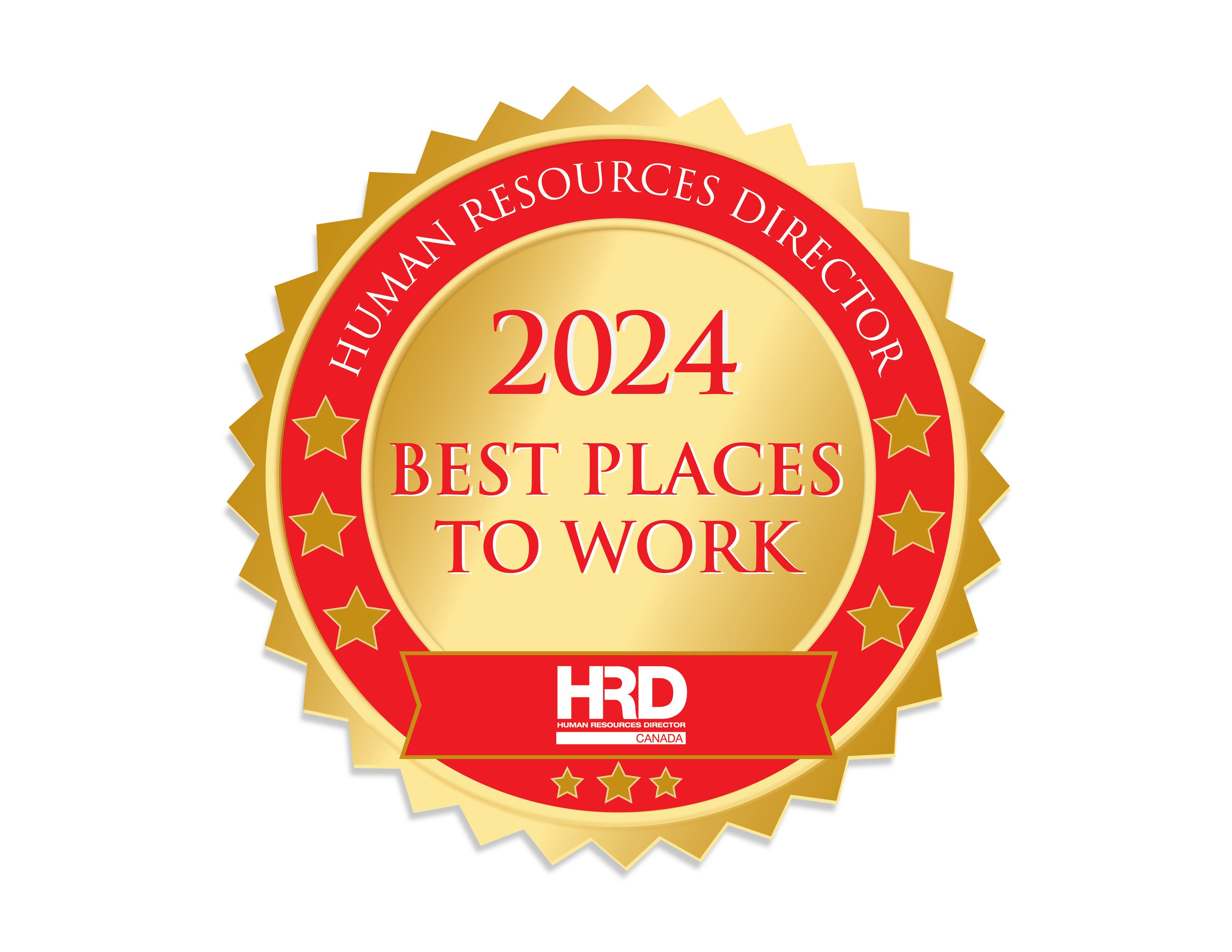Alexander Khoroshun
When I was in high school, I wanted to create something new and decided my career would be in the development of computer software. I joined the military and earned my degree in computer science at the Military Engineering Academy of Mozhaisky in Leningrad, USSR. My first job after military service was with a company that develops geographic information systems (G.I.S.) software. Once I saw the potential for this type of programming, I knew that this was the area where I wanted to work.
It was fortunate that I chose to work with the software developer that ended up being a world leader in G.I.S. software. The software is very flexible for developers and allowed me to adapt it for use in various projects. I gained experience by completing projects in Ukraine and, through the Internet, in the United States, Canada and Great Britain. I recognized the opportunities that exist in Canada for G.I.S. developers due to the vast size of the country and the rich resource base. Before I got to Canada, I had located a job through the Internet and started work the day after arriving. Since that day I have worked at different positions in software development and currently act as a G.I.S. software development consultant. If you are interested in Canadian employment opportunities in this area, check with government organizations, oil and gas companies and environmental consulting firms.
I devote the first hour of every day to learning what is new. I read the messages in the user conferences on the Internet, check web sites that publish G.I.S. news, review the G.I.S. software developers web site and read journals and magazines. There is also an annual G.I.S. user conference that I attend as well as various seminars throughout the year. It is important to keep learning so you can do more complicated projects in the future.
As development continues, G.I.S. software becomes easier to operate for the end-user while the complexity within the program increases. This is the job of the programmer to develop powerful software that is easy to use. Applications for G.I.S. are now being found in areas like the public health sector where diseases are being mapped and facilities planned. The future uses for this software will be limited only by the imaginations of the software developers.
If you are coming to Canada from another country, try to find volunteer opportunities through the Internet before immigrating. This will help you learn what Canadian companies need from G.I.S. developers. It will also give you good experience in communicating with the people who work in the field of G.I.S. software development. I have found that the most challenging part of my work is understanding what my customer really wants. Because I often approach a problem from a different way than my customer would, it is important to communicate so that both sides can learn and understand each other.
Most of my work is done on the computer during normal office hours. This can change if a project has a demanding schedule that requires longer hours. I use my skills with programming languages and data structures to solve problems and develop applications for my customers. I am proud of developing an application that geophysicists use with topographical data. This software allows the user to produce a map for anywhere in Alberta by entering the township name. The program brings data related to that township into the map and creates a legend so the user can interpret the symbols. The best rewards of my work come when I can do something that nobody else has done before.
The southeastern part of Ukraine is an older industrial area with a lot of mines, steel factories and manufacturing facilities. The waste from these activities has polluted the area near my hometown. My knowledge of G.I.S. was put to good use when I helped the faculty of the local university learn geographical information systems software. The faculty then taught the students how to map the pollution. I am glad that I could contribute to this important cleanup project.


